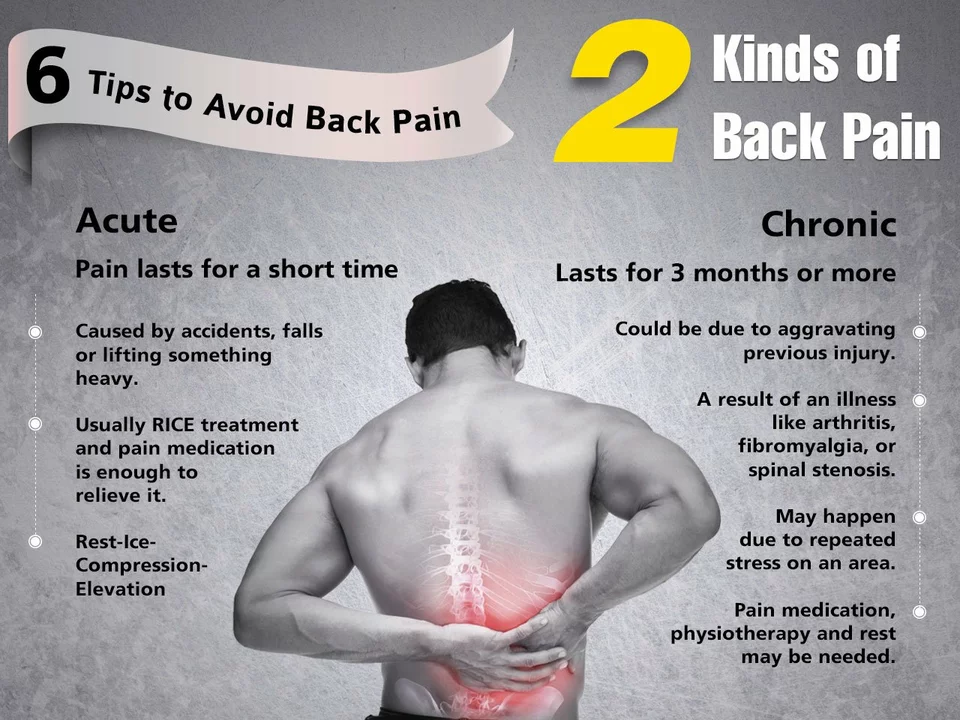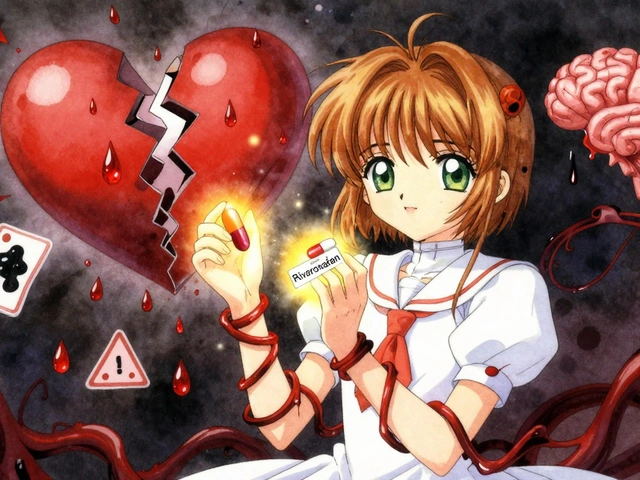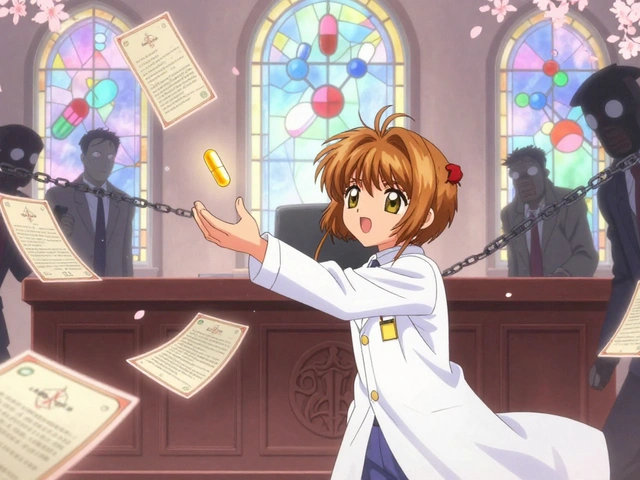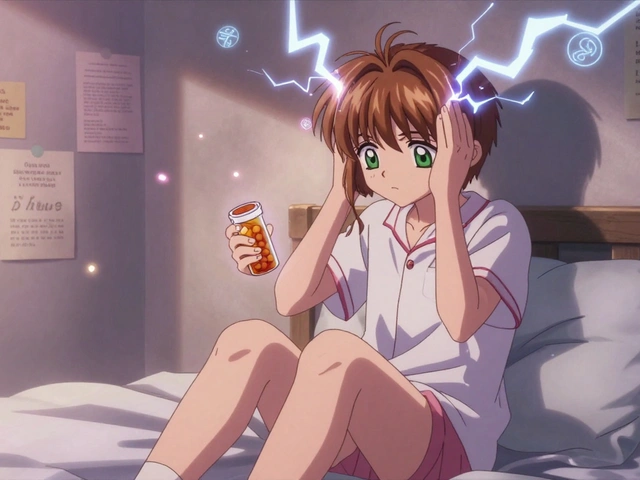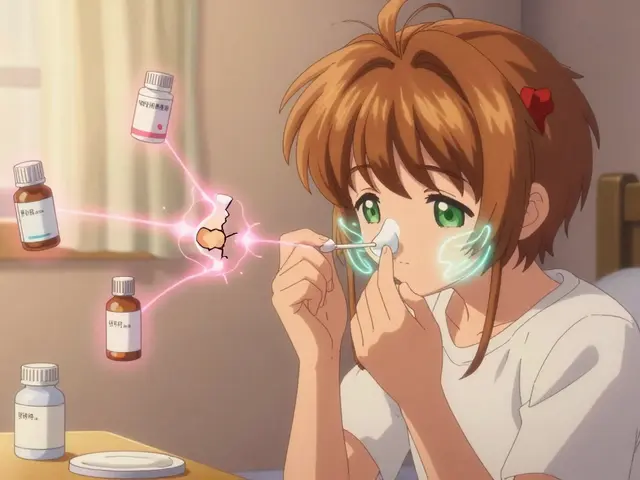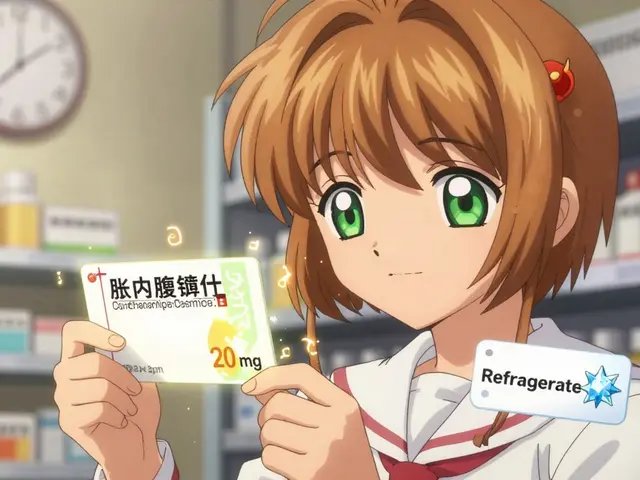Shingles pain: fast tips to ease pain and heal faster
Shingles pain can hit suddenly and leave a burning, stabbing, or tingling ache along one side of your body. If you feel a painful rash with blisters, that pattern—usually a band on the torso, face, or neck—points to shingles (reactivation of the chickenpox virus). Start treatment quickly: antivirals work best when begun within 72 hours of the rash appearing.
First steps at home are simple but help a lot. Cool compresses and loose cotton clothing reduce irritation. Over-the-counter pain relievers like ibuprofen or acetaminophen can lower general pain and fever. For sharper nerve pain, topical lidocaine patches or capsaicin cream applied to the rash area give targeted relief; follow package directions and avoid broken skin.
Medical options that help
Doctors usually prescribe antiviral pills—valacyclovir, famciclovir, or acyclovir—to shorten the illness and reduce complications. For moderate to severe pain, short courses of opioids or stronger NSAIDs may be used. If nerve pain continues after the rash heals (postherpetic neuralgia), medicines such as gabapentin, pregabalin, or low-dose tricyclic antidepressants like nortriptyline can significantly lower pain. Nerve blocks or steroid injections are options when pills aren’t enough.
Early treatment lowers the chance of long-term nerve pain. If you’re older than 50 or have a weakened immune system, call your doctor right away—your risk of complications is higher. Pregnant people, infants, and immunocompromised patients need urgent medical care because complications can be more serious.
Practical daily tips
Keep the rash clean and dry to avoid bacterial infection. Bathe gently and pat dry; don’t pick at blisters. Use a cool, damp cloth or an empty ice pack wrapped in a thin towel for 10–15 minutes to relieve sharp flares. Sleep and stress management matter: poor sleep and high stress make nerve pain worse, so try short walks, breathing exercises, or guided relaxation before bed. Wear soft clothing and avoid tight waistbands or bra straps that rub the rash.
Some people find extra relief from adjunct therapies. Acupuncture and transcutaneous electrical nerve stimulation (TENS) can lower pain for some patients when used alongside medicines, not instead of them. A steady routine of light exercise, vitamin D if deficient, and avoiding smoking helps nerve recovery. Talk to your clinician before starting supplements or alternative treatments—some interact with prescription meds or aren’t safe for everyone.
Vaccination is the best prevention. The Shingrix vaccine cuts the risk of shingles and postherpetic neuralgia dramatically—ask your healthcare provider if it’s right for you. If you already had shingles, vaccination can still help prevent another episode after recovery.
When should you see urgent care? If the rash is on or near your eye, if blisters are widespread, if you have fever that won’t drop, or if you’re very weak or confused, seek immediate care. Shingles can be painful, but with prompt treatment, you can reduce the severity and shorten recovery. For specific advice, bring photos of the rash to your appointment.
The potential benefits of ibuprofen for managing pain from shingles
As a blogger, I'm always interested in sharing useful information, and I recently came across some fascinating research on the potential benefits of ibuprofen for managing pain from shingles. Shingles can be incredibly painful, but it turns out that ibuprofen, a common over-the-counter painkiller, might offer some relief. Studies have shown that it can help reduce inflammation and alleviate pain when taken regularly. However, it's essential to consult with a healthcare professional before using ibuprofen for shingles pain management. I'm excited to share this information with my readers, and I hope it can help some people find relief from this painful condition.

